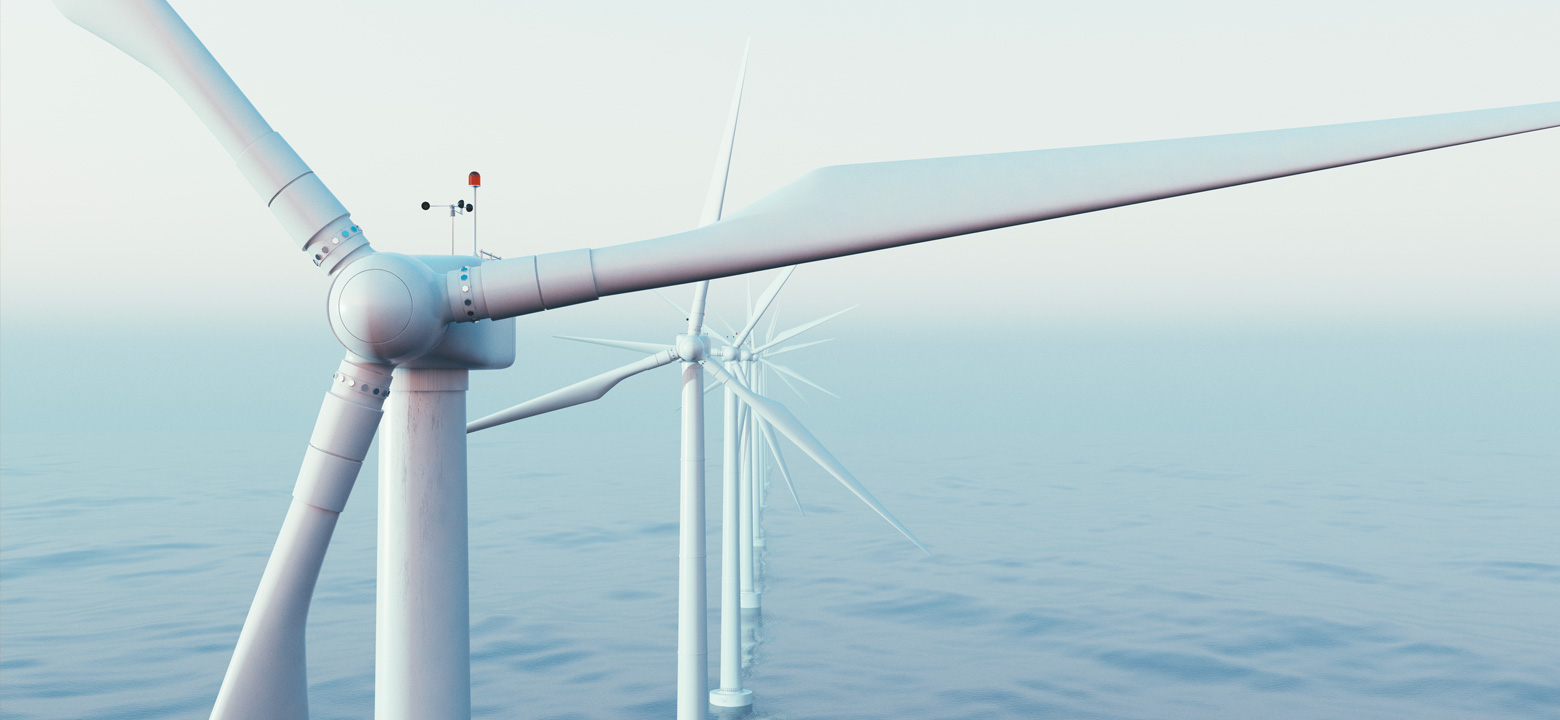
The wind industry in the U.S. is very young—it only really began in December of 2016, with Rhode Island's Block Island Wind Farm. Despite its youth, wind has the potential to eclipse offshore oil and gasoline projects within the next few years. Both on- and offshore wind energy is the U.S. largest renewable energy source, and the number one choice for new power. What's responsible for wind energy's meteoric rise?
If you've ever heard the phrase, “vote with your dollars,” you know the power of money to influence corporate interests. These, in turn, can drive major trends. With an increased interest in sustainability among consumers, large companies are looking to improve their carbon footprint by turning to renewables.
Walmart and AT&T are the U.S. top corporate wind buyers, but far from the only ones—in 2019, fourteen new businesses began purchasing wind power, including McDonald's.
This increase in interest has, in turn, pushed traditional oil and gas companies to explore expanding into the wind market. As oil prices continue to experience instability, wind also offers these companies a way to diversify.
Offshore wind, in particular, has a lot of appeal for areas where residents are reluctant to have public utilities close to home. People who may disagree with having a conventional wind farm or power plant down the block are generally much more amenable to offshore projects.
At the moment, the wind industry accounts for 530 U.S. factories and 120,000 jobs. A report by the American Wind Energy Association predicts that, by 2030, developing offshore wind off of the East Coast will provide 83,000 jobs, and up to $57 billion worth of investments in the U.S. economy.
A similar report by the University of Delaware predicted that developing enough wind power to supply seven East Coast states by 2030 would generate at least 40,000 jobs, and almost $70 billion in economic activity.
More interest in wind power means more wind projects to supply that power. Recently, the University of Maine obtained two investors for its groundbreaking floating offshore wind project—RWE Renewables and Mitsubishi Corp. While this project consists of a single turbine, many components will be the first of their kind. If it's successful, it will open doors for other floating offshore projects.
One August 4th, the National Offshore Wind Research and Development Consortium announced the availability of $9 million for offshore wind research and development. This is available to businesses and academic institutions, and is intended to address deployment, industry growth, and cost reduction.
While experts can agree that wind power should be a key component of the U.S. energy strategy, there isn't yet a solid plan for how to connect it to the grid. Right now, there is no real infrastructure in place to get offshore wind power to buildings.
Anbaric Development Partners LLC, who makes undersea cables, determined that there are only a few spots along the East Coast that could easily connect with offshore wind. Using these as energy hubs tied to offshore wind farms via direct current cables would be the most efficient way to do so.
Regulations are another limiting factor. In some areas, a lack of standardization hinders progress. Some states have established siting authorities within existing state agencies, while others have opted to rely on land use and zoning regulations instead. This creates a discontinuity between state and federal approval processes, which has led to project delays.
In other cases, too much regulation is a bigger problem. One example is the expansion of the Jones Act, a law intended to protect the U.S. shipbuilding industry and U.S. merchant sailors. Right now, it requires that all goods shipped between U.S. ports be transported via U.S. flagged-and-crewed vessels.
Congress is considering expanding this legislation to cover construction at sea. This wouldn't be a problem, except for one key factor: there are no U.S. flagged heavy lifting vessels, and it would take several years and hundreds of millions of dollars to make some. If offshore wind projects are bound by the Jones Act, and there is no way to obtain a waiver, then they will stall before they can begin.
The wind industry is already a major market, and sits poised to make up the majority of U.S. energy production. While connecting to the power grid, state and federal approvals, and the expansion of the Jones Act all present unique challenges, new wind projects and grants still allow things to move forward.